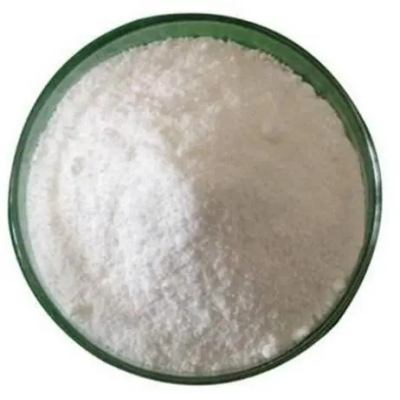IPTG CAS:367-93-1 Manufacturer Price
Isopropyl β-D-1-thiogalactopyranoside (IPTG) is a synthetic analog of lactose that is commonly used in molecular biology research and biotechnology applications. IPTG is primarily used to induce the expression of genes in bacterial systems, where it serves as a molecular trigger to initiate the transcription of target genes.
When added to the growth medium, IPTG is taken up by the bacteria and can bind to the lac repressor protein, preventing it from blocking the activity of the lac operon. The lac operon is a cluster of genes involved in lactose metabolism, and when the repressor protein is removed, the genes are expressed.
IPTG is often used in conjunction with the lacUV5 mutant promoter, which is a constitutively active version of the lac promoter. By combining IPTG induction with this mutant promoter, researchers can achieve high levels of gene expression. This allows for the production of large quantities of protein for purification or other downstream applications.
In addition to gene expression, IPTG is also frequently used in blue/white screening assays. In this technique, the lacZ gene is typically fused to a gene of interest, and bacteria that successfully express this fusion gene will produce an active β-galactosidase enzyme. When IPTG is added along with a chromogenic substrate such as X-gal, bacteria that express the fusion gene turn blue due to the activity of β-galactosidase. This allows for the identification and selection of recombinant strains that have successfully integrated the gene of interest.
Induction of gene expression: IPTG is commonly used to induce the expression of target genes in bacterial systems. It mimics the natural inducer lactose and binds to the lac repressor protein, preventing it from blocking the lac operon. This allows for the transcription and expression of the desired genes.
Protein expression and purification: IPTG induction is often used to produce large quantities of recombinant proteins for various purposes, such as biochemical studies, therapeutic production, or structural analysis. By using appropriate expression vectors and IPTG induction, researchers can achieve high levels of target protein production in bacterial hosts.
Blue/white screening: IPTG is frequently used in combination with the lacZ gene and a chromogenic substrate, such as X-gal, for blue/white screening assays. The lacZ gene is typically fused to the gene of interest, and bacteria that successfully express this fusion gene will produce an active β-galactosidase enzyme. When IPTG and the chromogenic substrate are added, recombinant strains expressing the fusion gene turn blue, allowing for easy identification and selection.
Study of gene regulation: IPTG induction is commonly used in research to study the regulation of genes and operons, particularly the lac operon. By manipulating the concentrations of IPTG and monitoring the expression of lac operon components, researchers can investigate the mechanisms of gene regulation and the role of various factors or mutations.
Gene expression systems: IPTG is a crucial component in several gene expression systems, such as the T7 promoter-based systems. In these systems, the lac promoter is often used to drive the expression of T7 RNA polymerase, which, in turn, transcribes target genes under the control of T7 promoter sequences. IPTG is used to induce the expression of T7 RNA polymerase, leading to the activation of target gene expression.
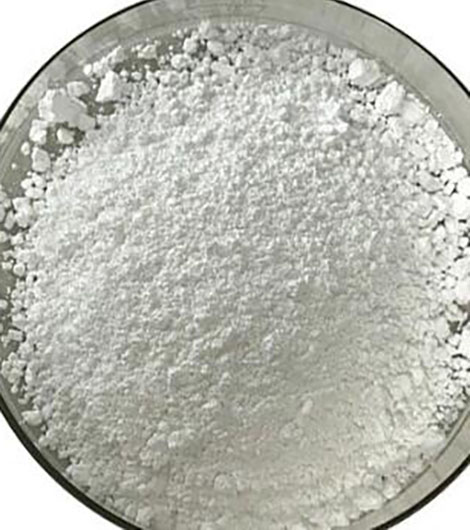
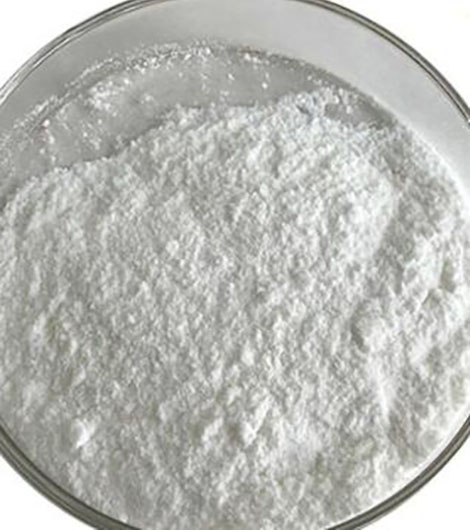
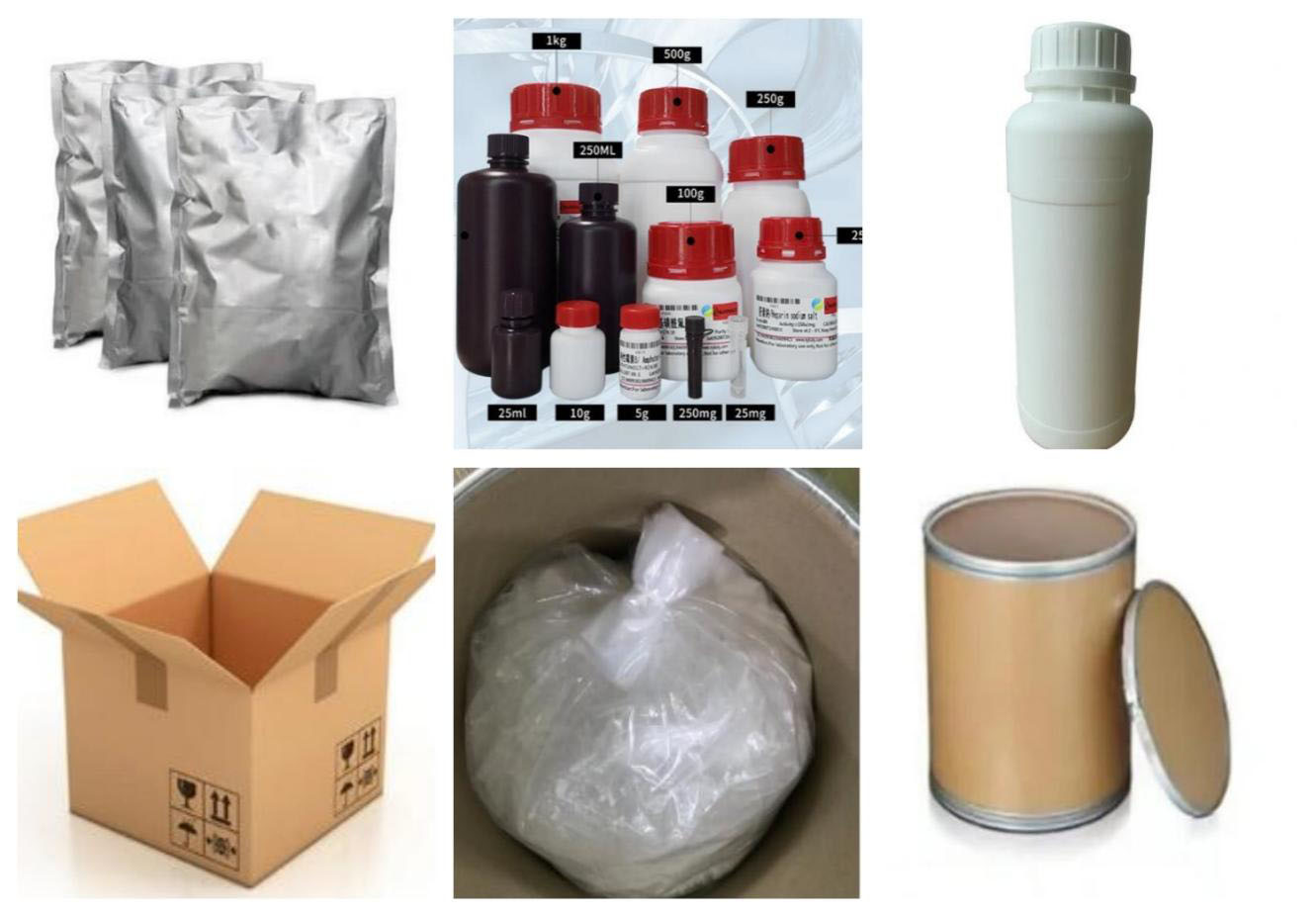
| Composition | C9H18O5S |
| Assay | 99% |
| Appearance | White powder |
| CAS No. | 367-93-1 |
| Packing | Small and bulk |
| Shelf Life | 2 years |
| Storage | Store in cool and dry area |
| Certification | ISO. |


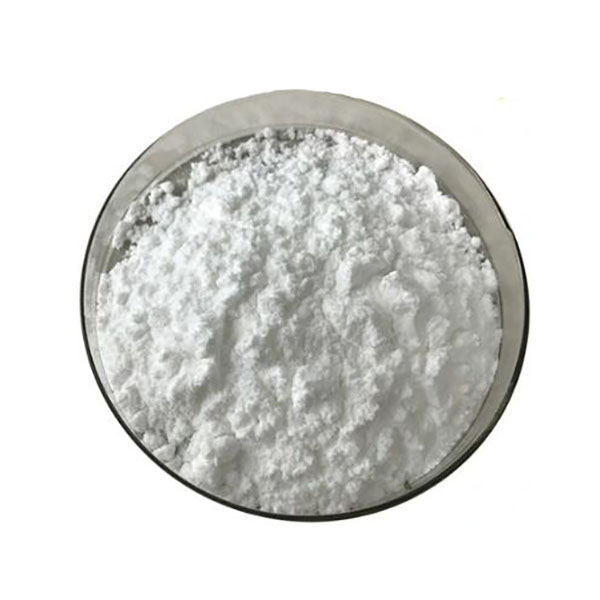
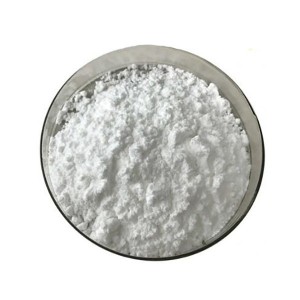
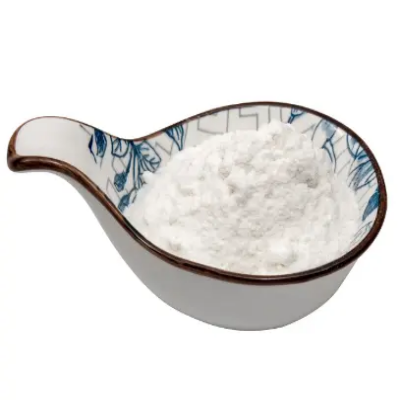
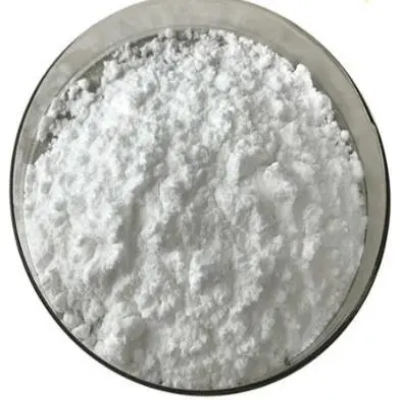
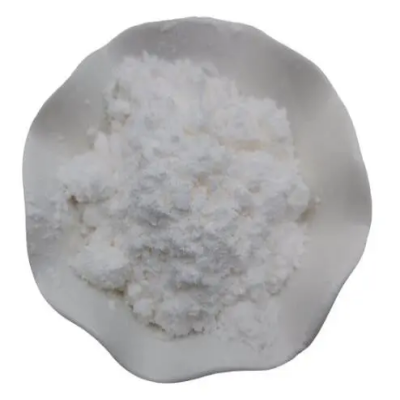
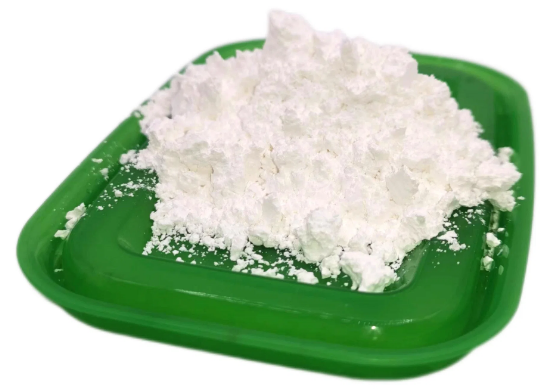
![5-hydroxy-spiro[indole-3,4'-piperidin]-2(1H)-one CAS:2891598-52-8](https://cdn.globalso.com/xindaobiotech/K@NIE7HBAEP6E7J7DS177.png)
